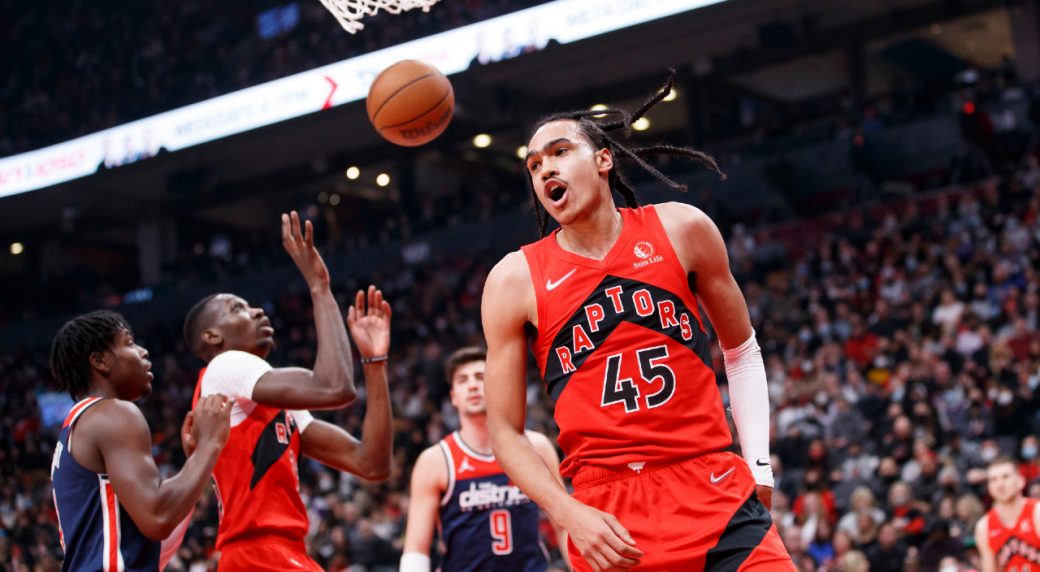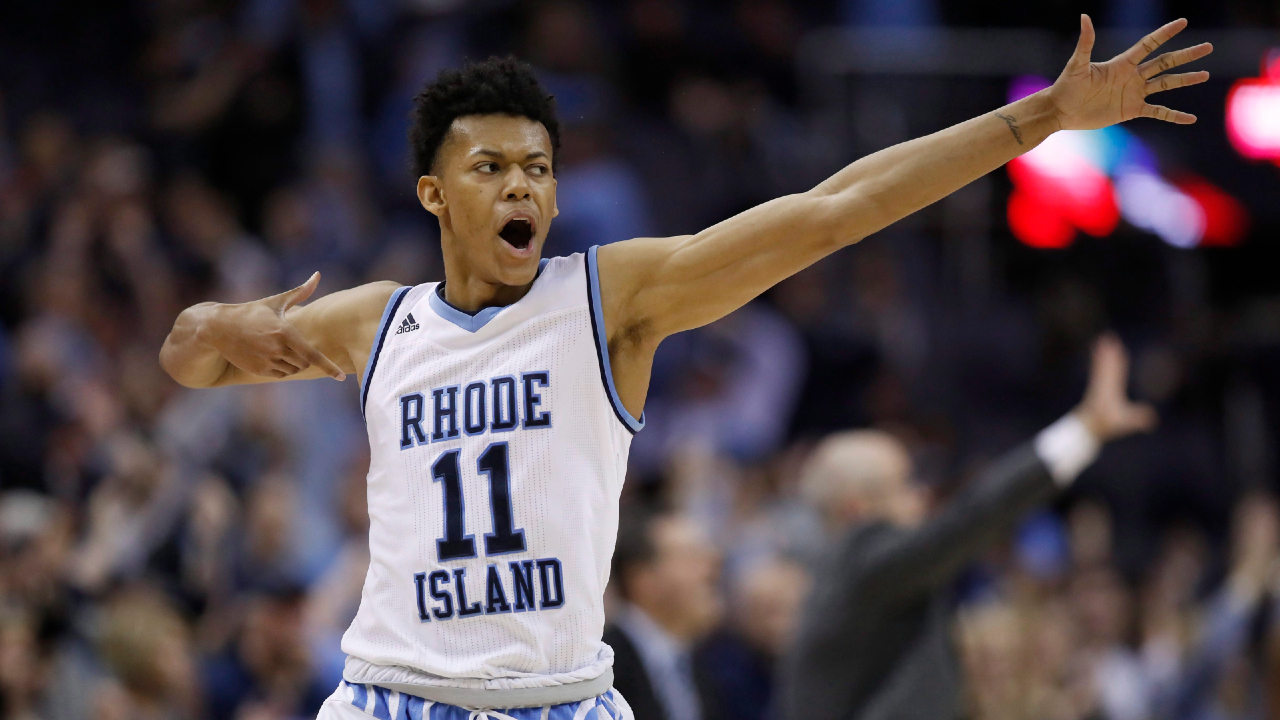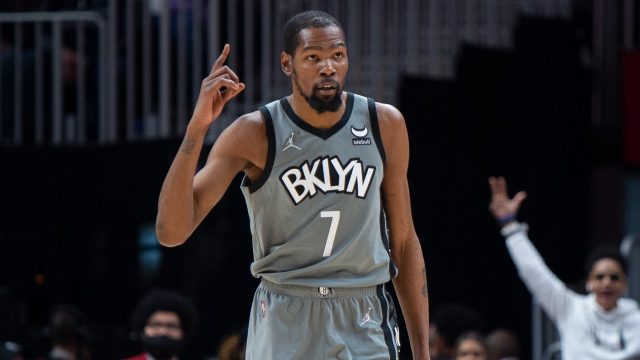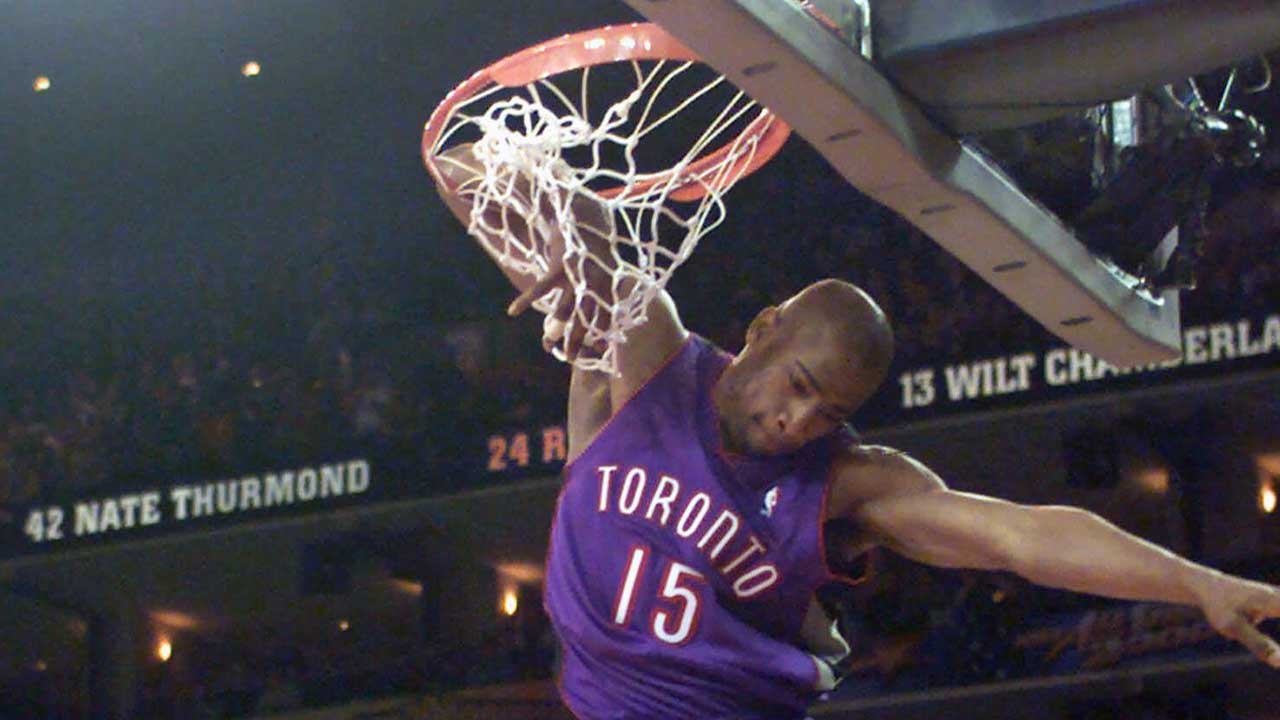The Toronto Raptors closed out Las Vegas Summer League with a win over the Milwaukee Bucks on Sunday afternoon, giving them a 4-1 record in the tournament. But as anyone who watched Summer League knows, it’s a place where wins and losses come secondary to individual performances — where the games are merely mediums through which players can show how they stack up against pro-level competition and what they have been working on since the last time we saw them, if not for their own team, then for the other 29 NBA teams in attendance.
Maybe that’s a harsh Summer League review, but any player who suited up in the tournament would tell you that they would rather walk away from the experience with a contract than with the inaugural Summer League ring on their finger.
With that being said, the Raptors fundamentally believe that winning is a big part of development, so while the ultimate results might not matter, the ability to make winning plays and to avoid mistakes is crucial when evaluating who can successfully translate their games to the parent club in the NBA.
From Dalano Banton looking more comfortable and confident with the ball, to Jeff Dowtin breaking out, to Nick Nurse’s shooting school finally paying dividends, here are five takeaways from the Raptors at NBA Summer League.
1. Dalano Banton looks more comfortable running a team
Banton entered Summer League as the bonafide team leader as the starting point guard and player with the most Raptors experience under his belt — especially after Justin Champagnie suffered a thumb injury in training camp and was ruled out for the tournament — and while he wasn’t perfect, it’s hard to quibble with Banton’s production.
The second-year guard averaged a team-high 16.3 points per game in a team-high 29.2 minutes per game, successfully balancing his own aggressive scoring with the ability to get his teammates involved, a difficult skill for every point guard making the leap to the pros to master. Most importantly, Banton clearly improved two of his biggest swing skills since the last time we saw him, showcasing a more controlled handle and a more confident three-point shot.
When it comes to the handle, Banton was better able to face-up defenders instead of turning his back to them, allowing him to more easily drive into the paint where he could unlock some of his best skills — including his finishing at the rim, drawing contact and getting to the free-throw line for 4.5 free-throws per game, and his passing on the move to dish out 4.3 assists per game. While the handle is still far from perfect, with Banton still getting his pocket picked in tight spaces due in large part to how high he needs to dribble the ball at 6-foot-7, it’s gotten significantly better since he was drafted. And it’s worth noting it is a skill that can take a long time to develop — consider, for example, how long it took a player like Pascal Siakam to get his handle to where it is today.
Banton also shot the ball extremely well from three in Summer League, hitting 46.2 per cent of his 3.3 three-point attempts per game, which is another swing skill that he needs to unlock in order to play with the Raptors. Banton mixed it up by punishing defenders for going under screens, pulling up in transition, and hitting catch-and-shoot looks when he was off the ball, which will be crucial if Banton is going to succeed playing alongside other ball handlers on the Raptors.
Unfortunately, Banton coughed up the ball way too many times in Summer League, making some questionable decisions for someone with his level of experience. Some of his 4.8 turnovers per game are par for the course for him, a risky playmaker by nature, and some were due to his teammates not being ready for the unique passes Banton makes. But a lot of his turnovers were either due to his handle not being good enough in tight spaces or him just making poor decisions with the ball — and that’s unacceptable if he wants to carve out a role in the Raptors rotation. After all, the Raptors value winning the possession battle more than any team in the NBA, and forcing turnovers while taking care of the ball themselves is a large part of how they do that.
Fortunately, Banton did average two steals and two offensive rebounds per game in Summer League, doing a better job using his length to regain some of the possessions that he coughed up, but the Raptors will still want to see more maturity with the ball in his hands going forwards.

2. Christian Koloko comes as advertised
Koloko’s first stint as a member of the Raptors came as advertised, looking promising as a defensive anchor and rim-protector while his offensive skill set lags behind.
The 22-year-old rookie averaged 7.8 points per game on 36.6 per cent shooting, but those stats don’t tell the full story. Koloko was masterful at times as a defensive anchor, averaging four STOCKS (steals + blocks) per game while helping the Raptors hold opponents to a stingy 78.2 points per game in Summer League. He defended the pick-and-roll about as well as you could expect for a rookie, using his size and footwork to cover both the ball handler and the rolling big at the same time while being patient enough to make the ball-handler balk first. Positionally, Koloko was almost always in the right position to deter shots at the rim, using his instinct to properly time contests as the primary defender or the weak-side helper.
However, Koloko will need to learn not to jump at everything, because his swings and misses often put his team in a poor position to rebound the ball, as he averaged just 4.2 rebounds per game. Koloko can out-jump opposing bigs, but he’ll need to put on more weight and improve his conditioning to box them out over the course of a game. He also picked up far too many fouls as a result of getting beat out for positioning.
Offensively, Koloko struggled in Summer League, rarely finding ways to efficiently affect the game. However, part of that is due to the nature of Summer League, and he will be fed much easier looks playing with better and more willing playmakers on the Raptors. Instead, Koloko was rarely fed the ball on the roll or when he got a seal under the basket, while most of his offence came after offensive rebounds or through post-ups.
Even still, you could see Koloko’s role gravity opening up space for corner-shooters, which is going to be a useful skill on the Raptors. Plus, Koloko is a great screener given his experience level and a fine ball handler who makes good, safe decisions with the ball, averaging just 1.2 turnovers per game. Koloko was confined to a pretty specific role in Summer League, coming as advertised as a defensive specialist who will need time to learn how he can affect the game offensively, likely through reps in the G League to start the season.
3. Jeff Dowtin is the breakout player
On the opposite end of the spectrum, someone who Raptors fans didn’t know what to expect from was 25-year-old point guard Jeff Dowtin, who broke out as arguably the best and definitely the most steady Raptor there.
Dowtin averaged 16 points per game on 57/36/92 shooting splits along with an incredibly efficient 4.2 assists to 0.5 turnovers, making smart and safe plays with the ball. He’s not going to throw flashy passes or try to thread the needle like Banton, but Dowtin has a calming presence that was necessary and will be valued by coaches around the NBA, including Nick Nurse. In fact, Dowtin plays like a veteran on both sides of the ball, rarely making mistakes and thriving in whatever role is asked of him, whether he’s playing off the ball besides Banton or on the ball as the lone point guard, where he flashed some impressive isolation scoring skills late in their clutch win over the Jazz.
In hindsight, it’s no wonder Dowtin dominated the G League last season, averaging 20.9 points on 55.6 per cent shooting, 43.2 per cent from three, and 6.6 assists to just 1.3 turnovers in 22 regular season games with two different teams — including the Lakeland Magic, who he won the championship with.
Overall, Dowtin played with three NBA teams and three G League teams over the course of 2021-22, putting up efficient and steady numbers throughout, which is an incredibly difficult thing to do given all the uncertainty and change he was dealing with. He continued to prove that he is an NBA-calibre player in Summer League, filling a role as a steady backup point guard.
But with the Raptors so tight for roster spots and training camp set to be so competitive, odds are Dowtin lands as the second two-way guy beside Ron Harper Jr. unless another team offers him an NBA contract.
4. The youngins are starting to shoot
Raptors head coach Nick Nurse often talked about the night school that the Raptors set up last season primarily to get the young players more reps shooting the ball, which was necessary given that the Raptors tend to value other skills more than shooting in their prospects, as they believe shooting is one skill that can be developed. And while those shooting schools didn’t pay dividends over the course of last season, with most of the youngsters failing to knock down three-pointers when it mattered down the stretch and into the playoffs, those extra reps seem to be paying some dividends in Summer League, where returning Raptors like Banton, Armoni Brooks, and D.J. Wilson looked significantly more comfortable shooting the ball.
While the percentages might not look all that impressive, with the three of them shooting a combined 35.6 per cent from three on 17.1 attempts per game, they did so on a difficult diet of shots that included a lot of pull-up threes from long range, changing the way that opposing defences had to guard them.
As Nurse will tell you, confidence is a huge part of shooting, and the confidence that the returning Raptors displayed alone will go a long way towards improving how willing they are to shoot in the NBA and how much better they will shoot on the more open looks they will get playing alongside better talent with the Raptors. Since it was a huge problem with last year’s team, fans should be encouraged by the upgrade in three-point shooting we saw from the returning Raptors in Summer League.
5. The training camp battle is going to be competitive
The Raptors will head into training camp at the end of September with 12 players on fully guaranteed contracts, including Pascal Siakam, Fred VanVleet, Gary Trent Jr., OG Anunoby, Chris Boucher, Thad Young, Scottie Barnes, Khem Birch, Otto Porter Jr., Precious Achiuwa, Malachi Flynn, and Svi Mykhailiuk — who is making just $1.9 million and could be waived to make room for an additional player.
Depending on if the Raptors keep or cut Mykhailiuk, they will have just three to four roster spots to split between Banton, Brooks, Wilson, Champagnie, Koloko and, further down the list, David Johnson, Dowtin, and possibly Isaac Bonga, who has been playing for Team Germany this summer. That’s a lot of good, young players who have shown flashes in the G League or in Summer League who will be entering training camp with something to prove, creating a healthy battle for the final few roster spots on the Raptors.




